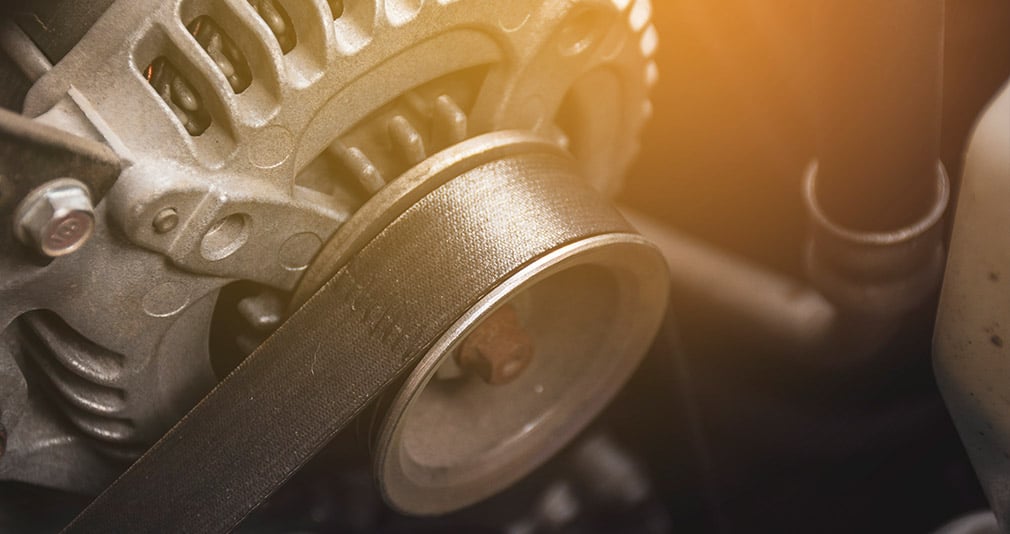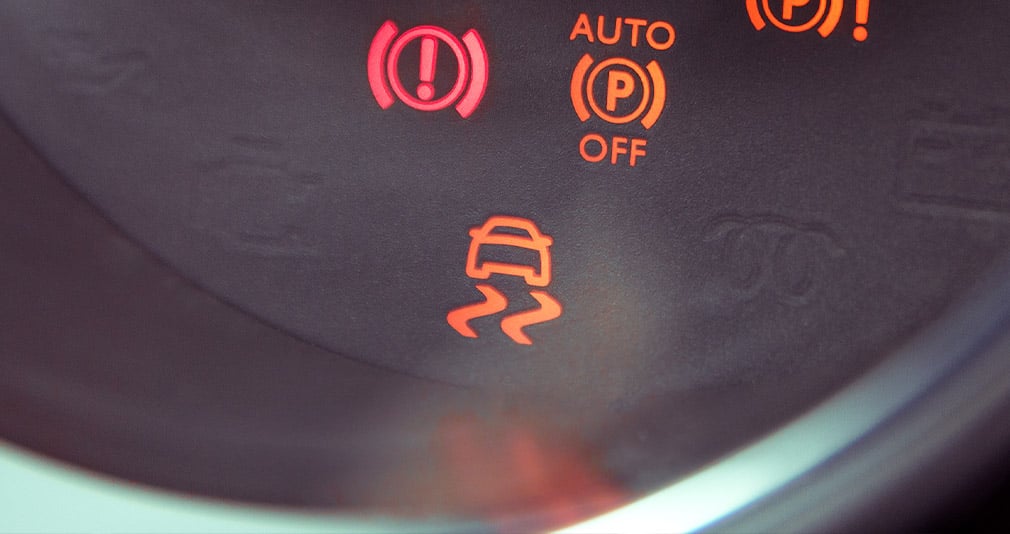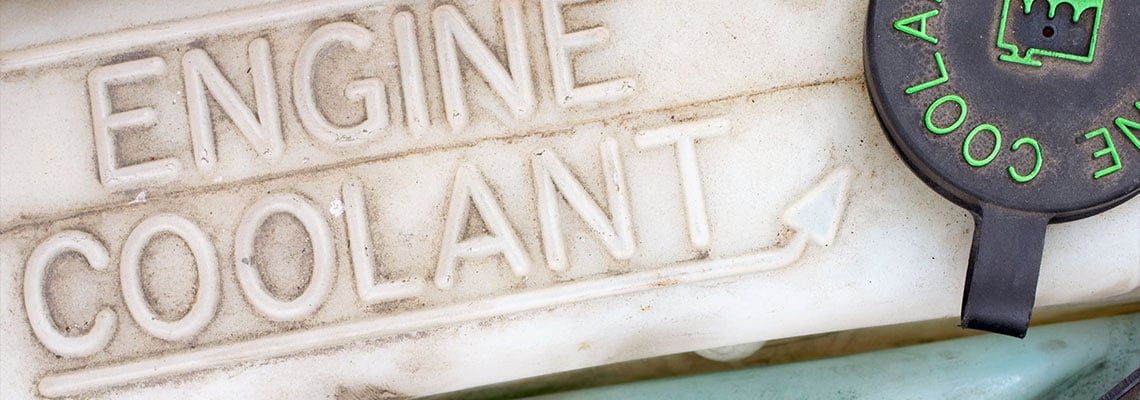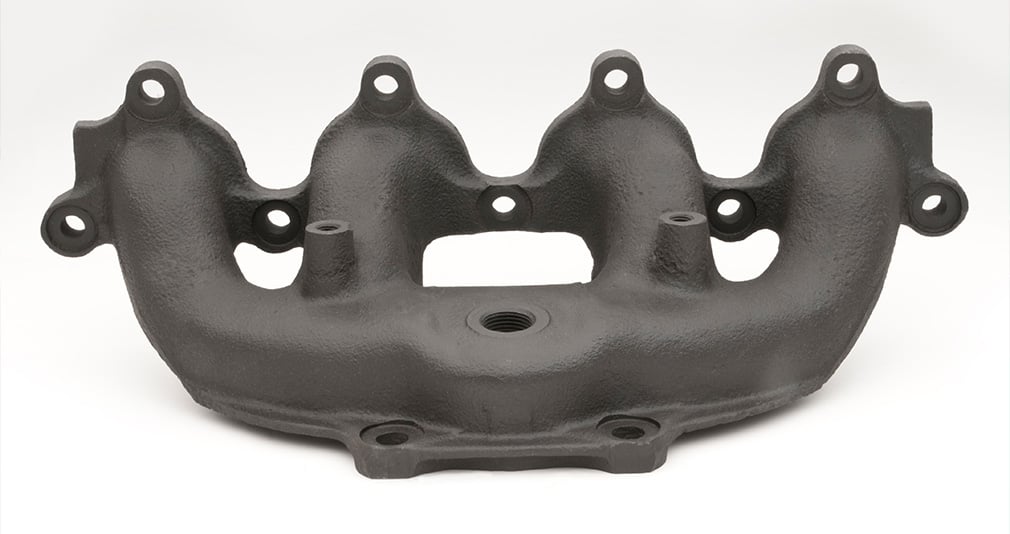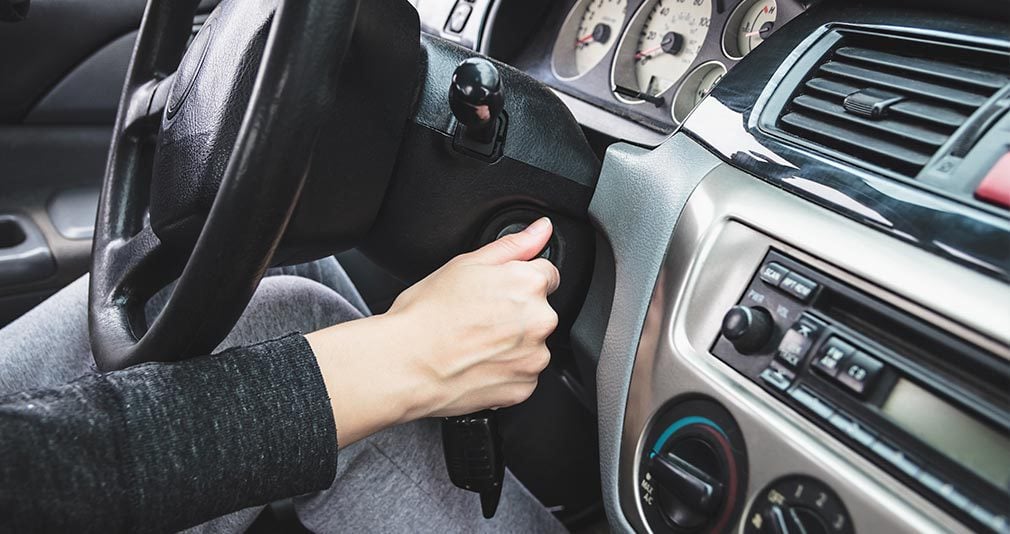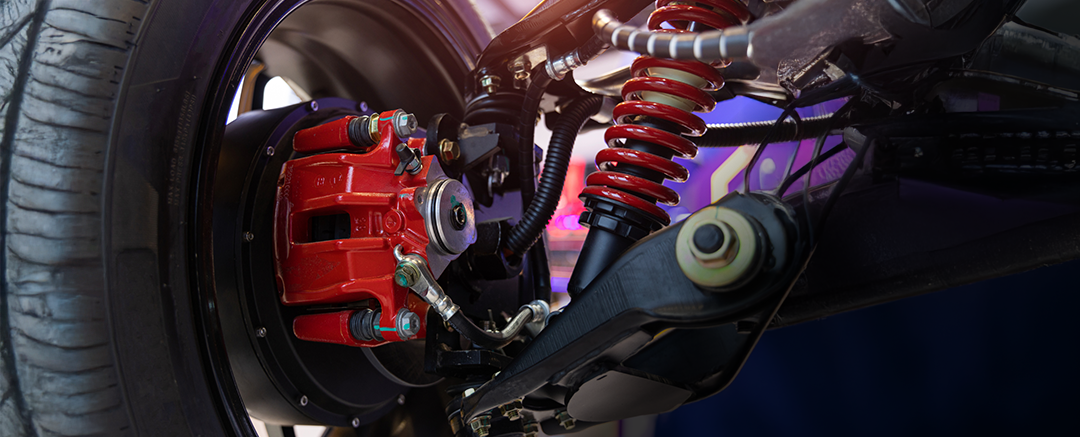When you’re stuck with a car that won’t turn on, it’s easy to blame a dead battery. However, your car’s electrical system is made up of several components that all work together to keep your car running, including a generator called the alternator. Learning to recognize the signs of a bad alternator can help you avoid spending time and money to replace a battery that might be perfectly fine.
Symptoms of a Bad Alternator
Your car’s alternator is responsible for keeping your headlights, electric steering, radio, power windows, windshield wipers and dashboard lights working properly. It also keeps the battery charged while you’re driving.
The alternator works by converting mechanical energy into electrical energy. The drive belt rests on a pulley that is attached to the alternator. While driving, the pulley turns the alternator’s rotor shaft and spins a set of magnets, which generate an alternating current. This current is then channeled into the rectifier, which converts the current into direct current power. This direct current power is what powers your car’s electrical systems.
Alternators typically last for the entire lifetime of your vehicle, but sometimes, they may need to be replaced. Some signs that you may have a bad alternator include:
- Slow accessories: If your alternator is unable to supply the correct amount of electricity to your car’s systems, you may experience slow or malfunctioning accessories. Windows that take too long to roll up, poorly functioning seat warmers, or a radio that doesn’t work may all be signs of a bad alternator. Your car’s systems are designed with a priority list of accessories, so you’ll typically lose power to non-essential systems, like your radio, before losing power to something important like your headlights.
- Overly bright or dim lights: Due to the inconsistent nature of the power supplied by a bad alternator, your headlights might flicker, dim or become too bright.
- Frequent stalling: One of the alternator’s responsibilities is to keep the battery charged while driving. If you try to turn on your vehicle and only receive a clicking sound in return, your alternator may be failing to successfully charge your battery. If you experience stalling out while driving, it may be that the spark plugs aren’t getting enough of a charge from the alternator.
- Whining or growling noises: Any odd sounds coming from your car should be checked as soon as possible. Whining or grinding from under the hood could be a sign that the drive belt has become misaligned or that the bearings in the rotor shaft need to be replaced.
- Burning smell: If you smell burning rubber or anything resembling an electrical fire, it’s important to take your vehicle in for inspection. A bad alternator can push too much electricity into wires, causing them to heat up in a way that can be dangerous.
- Battery warning light: The battery warning light can turn on because of any issue with your car’s electrical system, including the alternator. A faulty alternator can emit too little or too much voltage, triggering the warning light to flicker on and off.
- Dead battery: While it’s common for a battery to die at the end of its lifespan, sometimes the problem is an alternator that is poorly charging the battery as you drive. If you jumpstart your car and it continues to run, the battery most likely needs replacing. If, however, you jumpstart your car and it dies shortly afterward, the problem rests with the alternator.
If you’re experiencing inconsistent functionality with your car’s electrical system or a constantly dying battery, it’s time to take your car in for an inspection. An expert technician will be able to look over your car’s components and identify any parts that need repair or replacement.
While issues with your car’s alternator may be uncommon, it’s important to keep up on your car’s routine maintenance schedule for other issues. Many problems, like a bad alternator, develop slowly over time. Bringing your car in for oil changes and tire rotations will give the mechanic an opportunity to notice if anything problematic is occurring. You’ll save money by addressing problems while they are still small, rather than waiting for the issues to become expensive major repairs.
Having a repair shop you trust is an important part of car maintenance. When you feel comfortable taking your vehicle into the shop, you are more likely to keep up on maintenance and other needed repairs. You won’t be tempted to put off making an appointment when your dashboard lights blink on or a weird sound starts. By choosing to be proactive about your car’s potential problems, you will save yourself time, money and stress in the long run.

